Horses come in an extensive range of colors. They also spot a variety of markings. These horse colors and markings have a significant role to play in the identification of individual horses. Because of this, some conventions should be adhered to when referring to your horse colors and marking. Knowing the right way of referring to your horse’s coat colors will also aid in communicating about your horse.
Most Common Horse Colors
There are more than hundreds of horse colors and patterns. All colors do not have the same importance for the horse owner to identify their horses. Few primary horse colors are bay, chestnut, black and brown. The other colors are the variation of these four colors, and the absence of any colors is the white horse color.
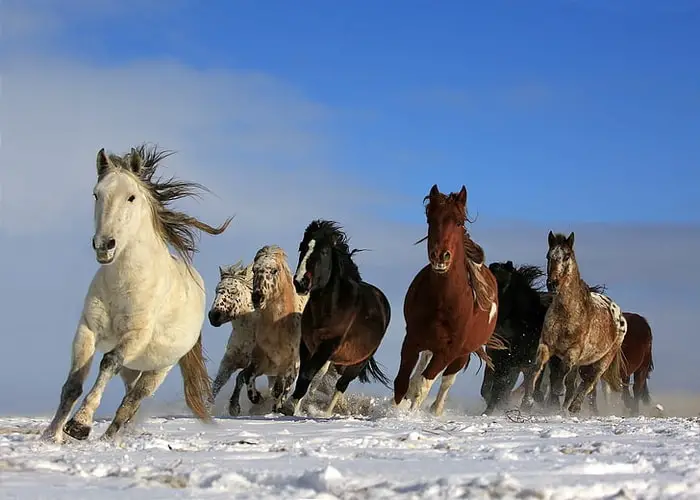
1. Horse Colors: Bay
A horse is describing as being bay if the body coat is bay, although the shade may differ from dull red, approaching brown, to a yellowish color, approaching chestnut. The tail and mane are black, and there is a black on the lower parts of the legs and tips of the ears.
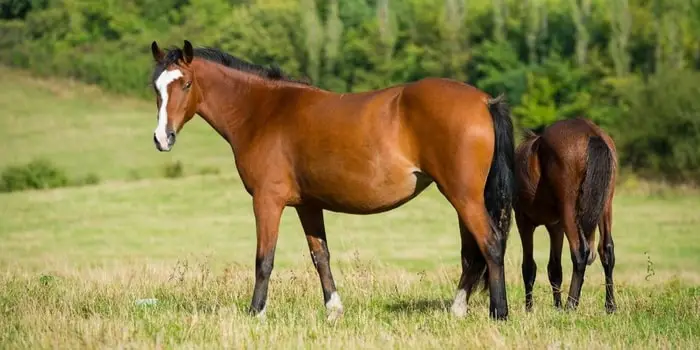
2. Horse Coat Color: Chestnut
In a chestnut the horse coat colors range from a light washy yellow, through golden and reddish shades to dark liver color, the pigment is evenly dispersed. The tail and mane are not black but are a chestnut color that may be darker or lighter than the body coat. The lighter color chestnut may have a flexon mane and tail.
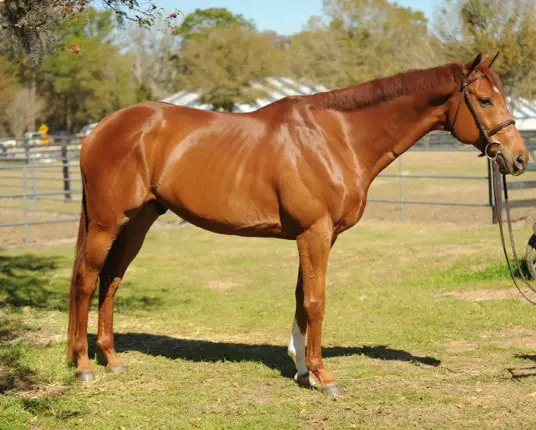
3. Brown
A horse is said to be brown if the body coat is uniformly brown, but the mane, tail, and downer parts of the legs are black.
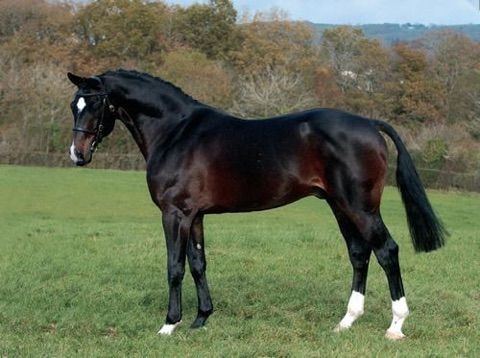
4. Horse Colors: Black
A horse is described as being black if the black pigment is the general in every part of the body coat, limbs, mane, and tail and no pattern other than white markings.
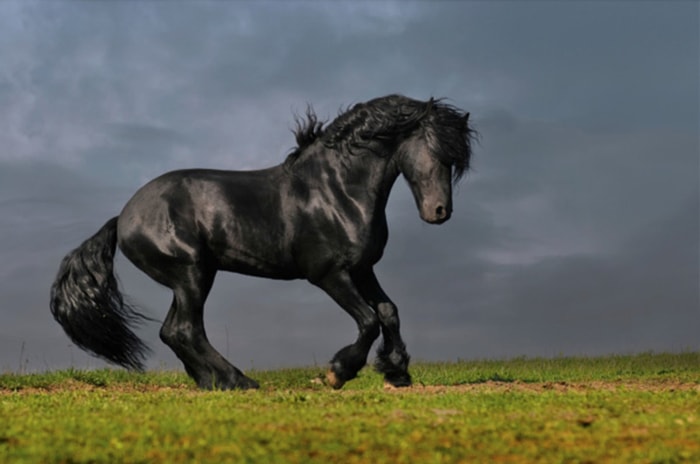
5. Paint
The horse colors paint specific to breeds like American Paint Horse and Thoroughbred horse. The Paint is recognized by the presence of asymmetric white color patterns on the horse coat with other colors.
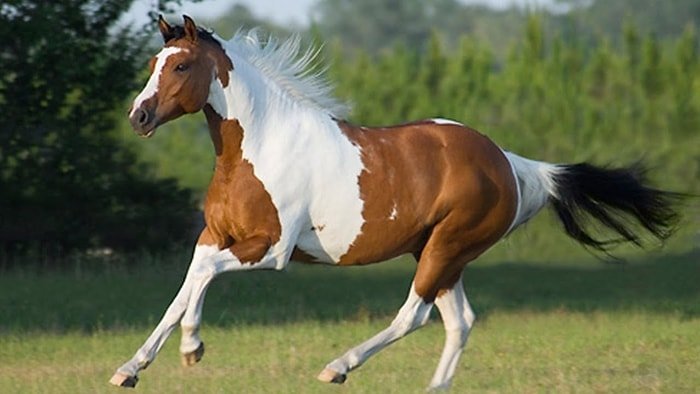
6. Appaloosa
Appaloosa is both a horse breed and horse coat colors. Appaloosa is the spotted or speckled horse colors often with roaning. The horses have a distinct color pattern, Leopard-complex coat colors. The color has several overlay patterns.
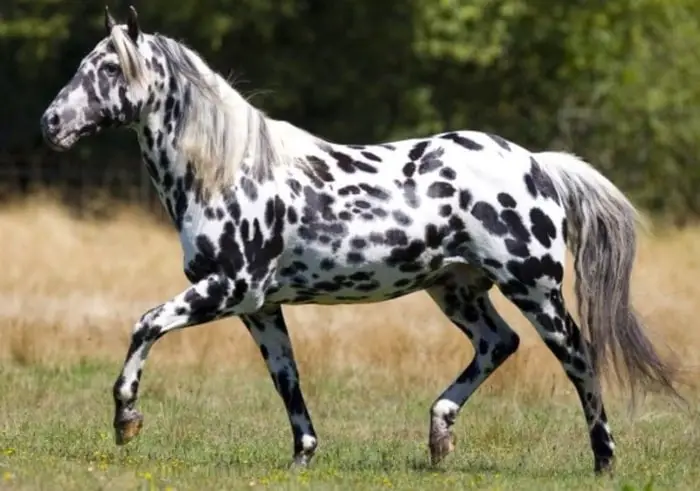
7. Dun
In a dun horse, the body coat ranges from a dark mousy to light yellowish color, resulting from dilution of one of the primary colors, but a dorsal ribbon remains, and there may be oblique stripes on the knees and hocks.
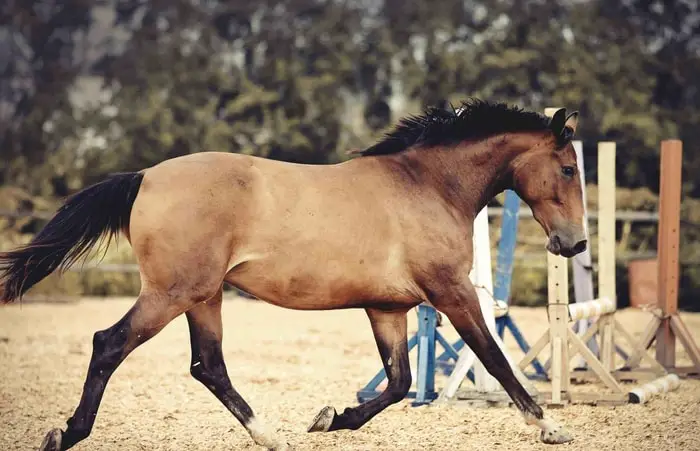
8. Horse Colors: Buckskin
Buckskin is one of the most famous horse colors. The Buckskin color is often confused with dun. Buckskin is the color of a horse with a copy of the cream gene, a dilution gene; that dilutes or fades the body color the yellow, gold, or cream keeping the mane, tail, and points in black.
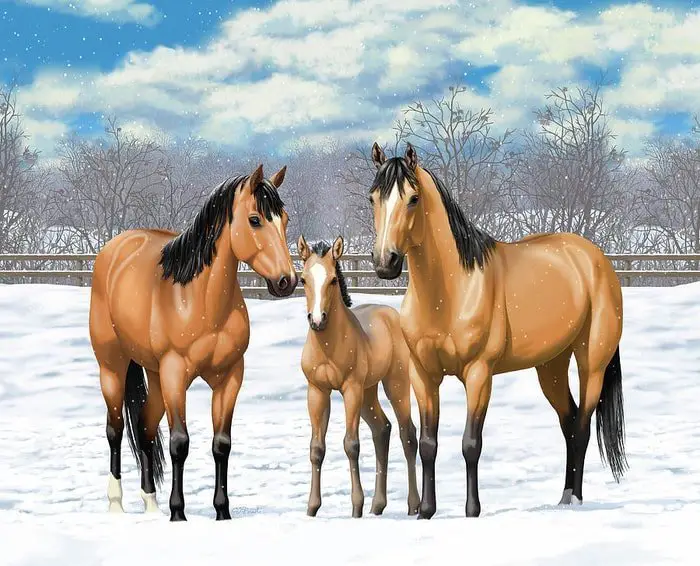
9. Palomino
Palomino is one of the popular and rarest colors of horses. There is also a horse breed palomino that originated in Spain. Palomino is the white or golden coat color with a silver or ivory mane, tail, and points. There is about 15% of body hairs black evenly distributed throughout the body coat.
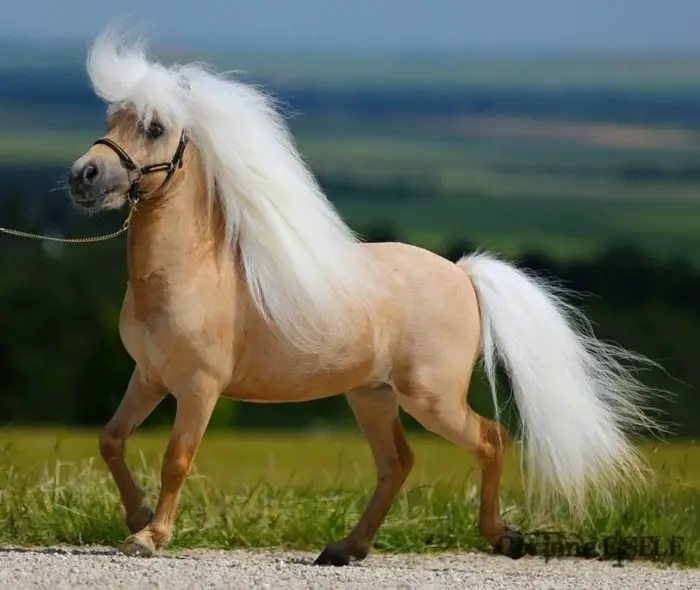
10. Horse Colors: Grey
The body color of a grey horse is an uneven mixture of colored and white hairs. The foal shows one of the primary colors at birth, but with the development of age, white-colored hair gradually develops, and eventually, the whole coat appears white. The white hairs appear first on the face. The color of the mane, tail, and point is that associated with the primary coat color. The transitional stages between the basic coat colors and the white coat should be described as grey-black, grey-brown, grey-bay, grey-chestnut, and should not be referred to as roan, which is a permanent color.
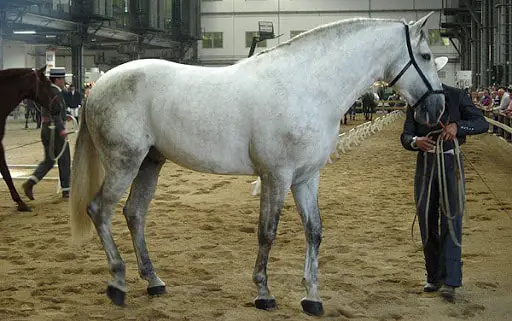
11. Roan
In a roan horse, the body color is fairly even mixture of colored and white hairs. The foal is born in roan and remains roan throughout life because the primary coat color is permanent and does not change with increasing age. The white-colored hairs are not present to any intensity on the face, lower parts of the legs, or mane and tail. The color of the mane, tail, and points is associated with the primary coat colors. Roan is also superimposed as one of the basic colors it should be described as roan-black, or black-brown (Blue Roan), roan-brown, bay-brown, or bay (red roan) or roan chestnut ( Strawberry roan).
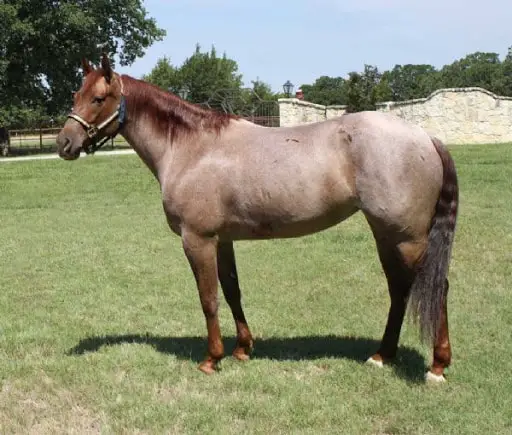
12. Pinto
Pinto is multi-colored with having large patches of white or other colors like brown or black. Pinto is used to describing any horse breeds of this pattern. Pinto is confused with Paint, specific to certain breeds like American Quarter Horse and Thoroughbred horse.
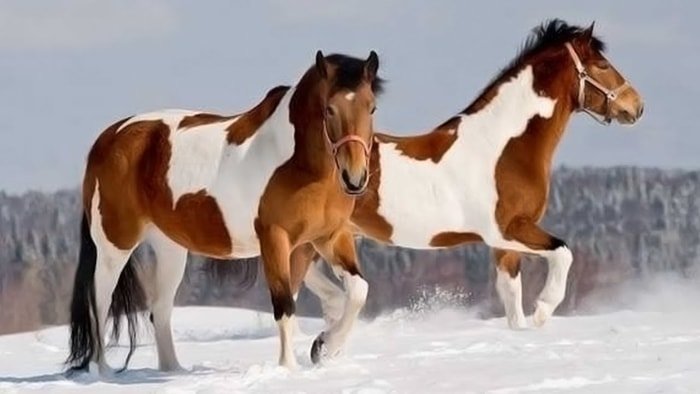
13. Sorrel
Sorrel is the most common shed of horse color chestnut. It is like the color of a new penny, a reddish-tan coat color of the horse. The mane and tail of the sorrel colored horse are lighter than the body color. It is also blonde or flexion.
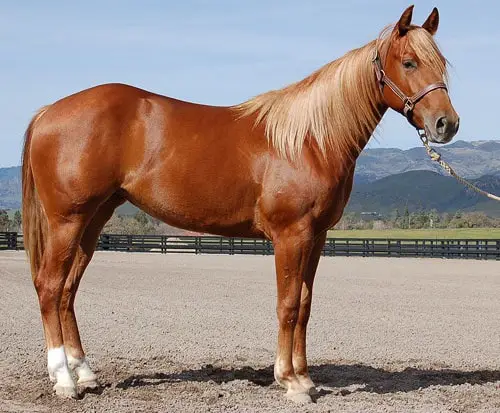
14. Cremello
Cremellois the color of a horse whose primary color is chestnut that has two genes of cream color. The color of chestnut fades or double dilutes into until it comes in light cream or light tan color. They look like a white horse, but they are not pure white horses as they do not have the White genes. The color of the eyes is blue or amber in cremello.
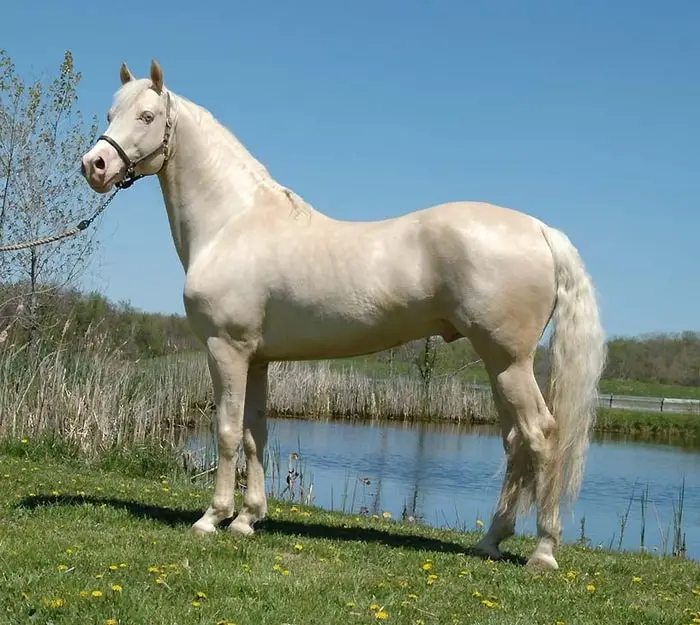
15. Overo
Overo is the specific color pattern of the paint horse. In overo, the irregular white patch never presents at the top of the body, neck or rump. The white patches are the loin, belly, legs, and lower parts of the body. The horses have blue eyes.
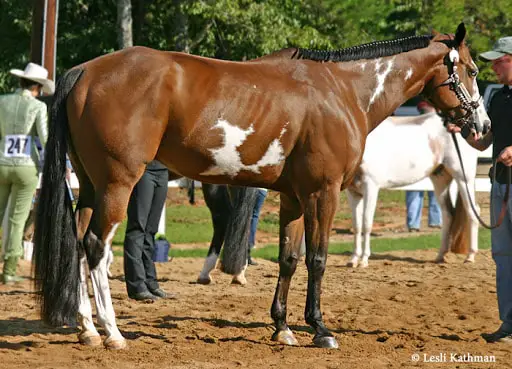
16. Piebald
The body coat of a piebald horse shows areas without pigment, alternating with areas showing one of the primary horse coat colors. Such horses can be more meticulously described using pied-black, pied-brown, pied-bay, pied-chestnut, pied-grey, and pied-roan.
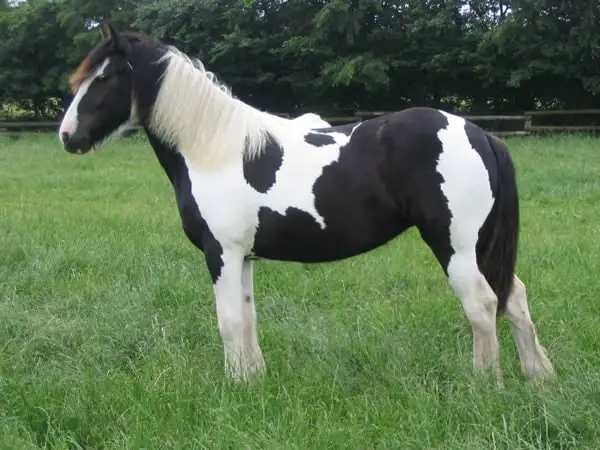
17. Skewbald
The horses have a spotted pattern of any color other than the black. There may be a presence of multi-color with black. The primary color of horses like bay, chestnut, brown, and brown may have spotted like skewbald.
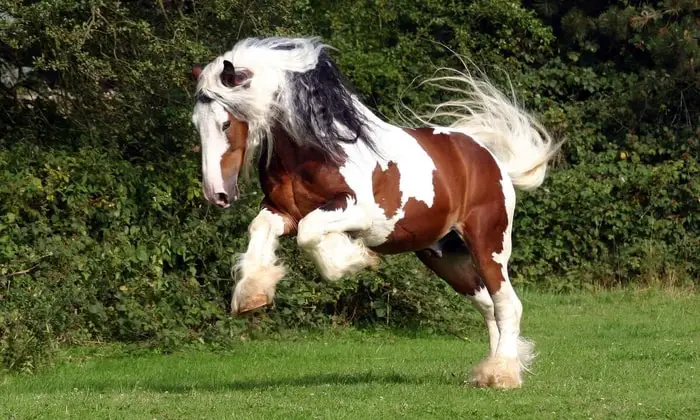
18. Horse Colors: Tabiano
Tabiano is the irregular large white patches that present on the top line (dock, neck, ridge of the body) of the horse. Tabiano is often confused with overo, which presents if the body other than the top line.
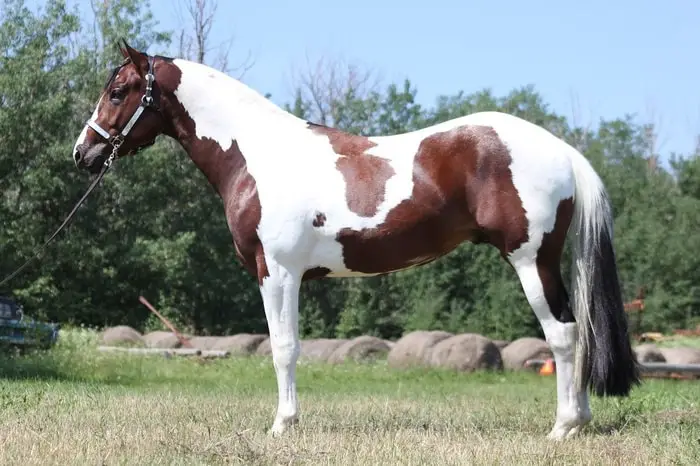
19. Spotted
Presence of any horse color spotted like appearance over the body.
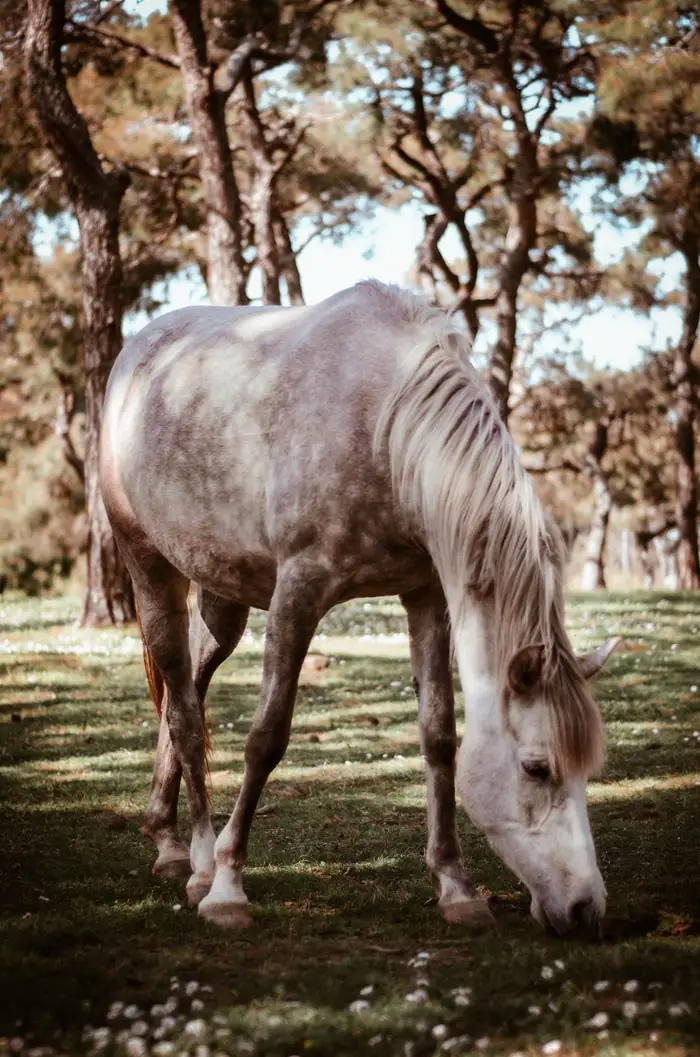
20. Horse Colors: Cream
The body coat of a cream horse is cream color. Cream with black points represents the dilution of brown or bay, and cream with cream mane and tail or silver mane and tail (palomino) represents a dilution of chestnut. The iris may be lightly colored, giving the eye a pinkish or bluish appearance.
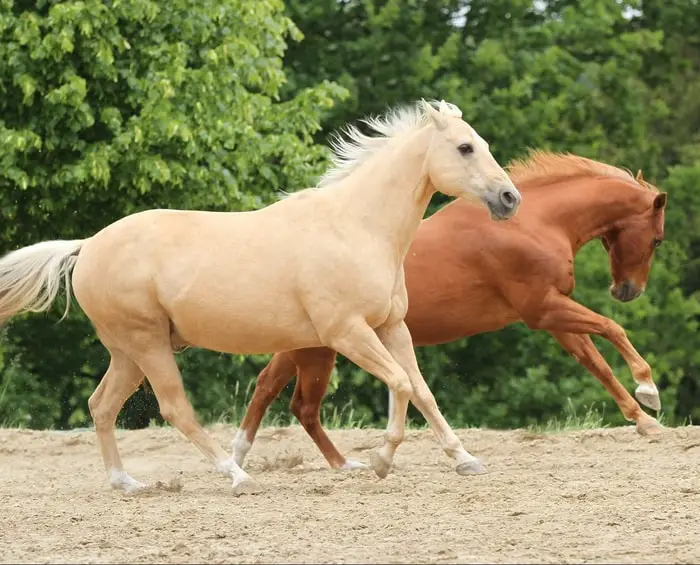
21. White Horses
“White” coloration is not well defined in most breeds. The foals are brown white or predominantly white, but pigmentation may be present on the poll and ears or the tail, and tufts or patches of the colored hair may be present. The eyes in at least some white horses are blue.
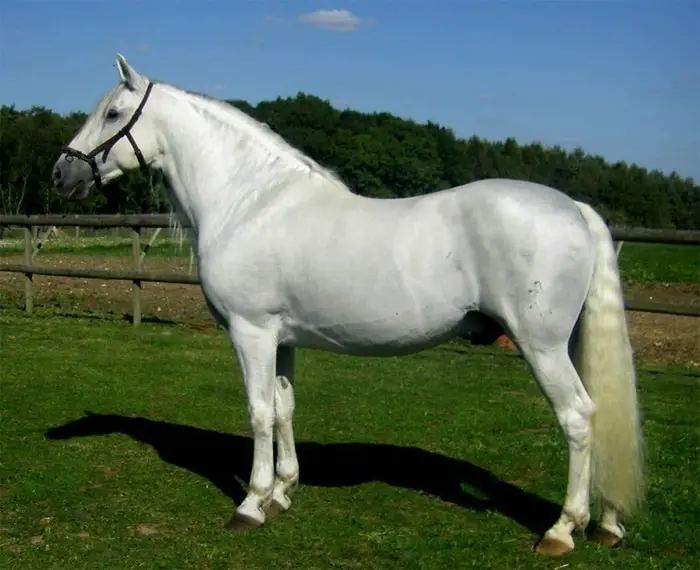
Concluding Remarks on Horse Colors
Horse colors are the most critical tools for horse identification. Many horse lovers choose horses based on the colors and markings. Correct identification of breeds can be made by correct identification of colors. In my article, I have discussed the most common horse colors for your easy understanding.